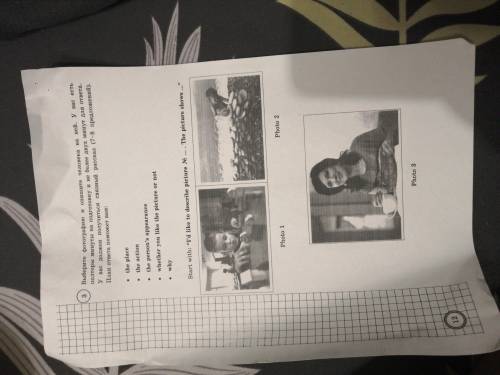
Folklore, in translation, means "popular wisdom, popular knowledge." Folklore - folk art, artistic collective activity of a people, reflecting its life, views and ideals, i.e. Folklore is the national historical cultural heritage of any country in the world.
The works of Russian folklore (fairy tales, legends, epics, songs, chastooshkas, dances, legends, and applied art) help to recreate the characteristic features of the national life of their time.
Creativity in antiquity was closely associated with the work of man and reflected the mythical, historical ideas, as well as the beginnings of scientific knowledge. The art of the word was closely associated with other forms of art - music, dancing, decorative art. In science, this is called "syncretism."
Folklore was an art organically inherent in folk life. The various uses of the works gave rise to genres, with their diverse themes, images, and style. In the most ancient period, most peoples had tribal legends, labor and ceremonial songs, mythological stories, and conspiracies. The decisive event, which laid the line between mythology and folklore itself, was the appearance of fairy tales, the plots of which were based on a dream, on wisdom, on ethical fiction.
In the ancient and medieval society, the heroic epic (the Irish sagas, the Russian epic and others) took shape. There were also legends and songs reflecting various beliefs (for example, Russian spiritual poems). Later, historical songs appeared, depicting real historical events and heroes, as they remained in popular memory.
The genres in folklore also differ in the way of performance (solo, chorus, chorus and soloist) and various combinations of text with melody, intonation, movements (singing and dancing, storytelling and playing).
With changes in the social life of society in Russian folklore, new genres also arose: soldier, coachman, burlatz songs. The growth of industry and cities brought to life: romances, anecdotes, worker, student folklore.
Now new Russian folk tales do not appear, but the old ones are still being told and cartoons and feature films are being shot on them. Many old songs are sung. But the epic and historical songs in a live performance are almost not heard.
For millennia, all peoples folklore was the only form of creativity. The folklore of every nation is unique, just like its history, customs, culture. And some genres (not only historical songs) reflect the history of a given people.
On the way to school and back it is necessary: - to cross the road only in designated places; - to carry out movement through the intersection only on green color; - make sure that there are no moving vehicles in dangerous proximity. The school has training rooms of increased degree of danger: chemical, physical, biological, computer science and ICT, workshops for technical and service labor, sports, theater, dance, assembly halls. During classes in these cabinets and rooms it is necessary to strictly follow the instructions on labor protection and the requirements of the teacher.